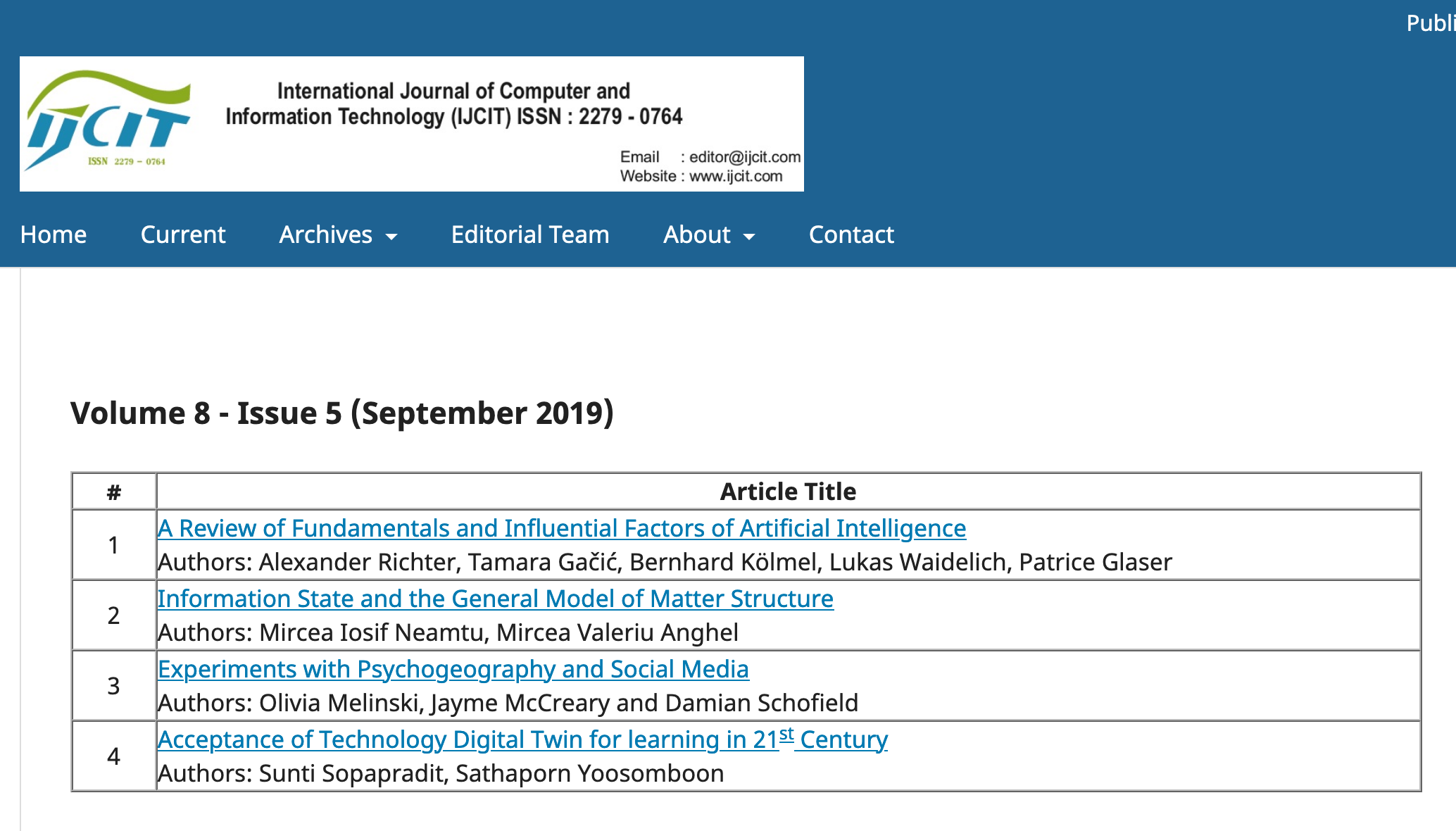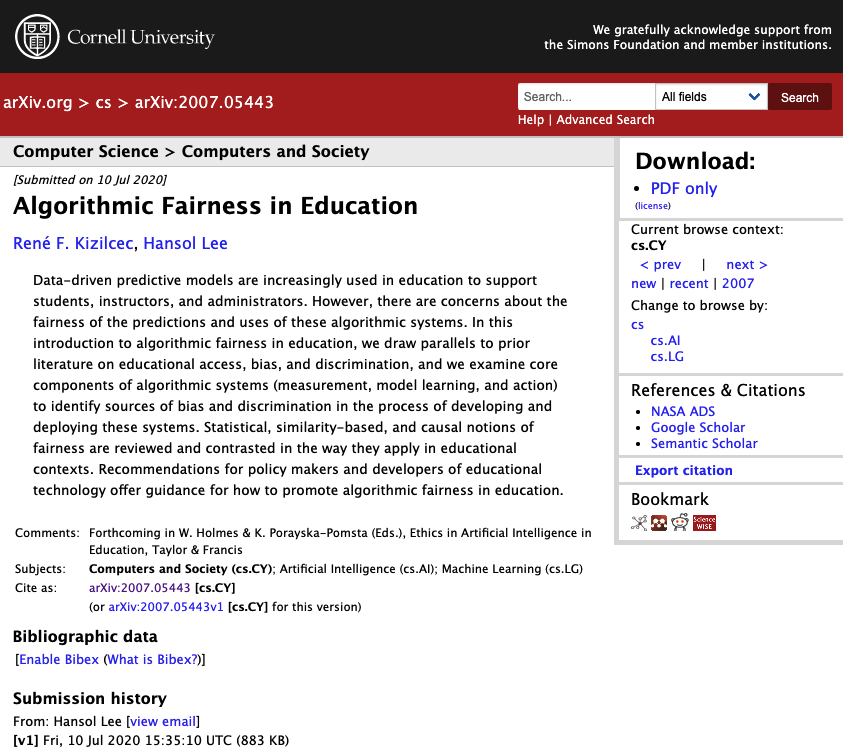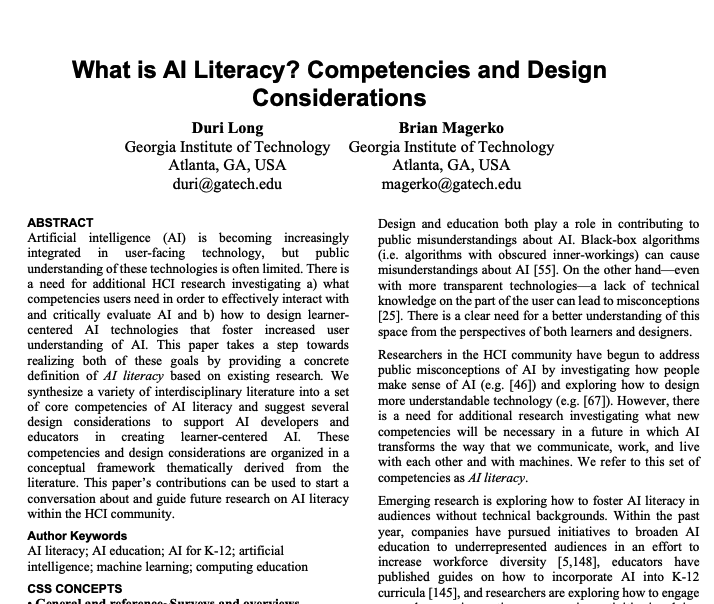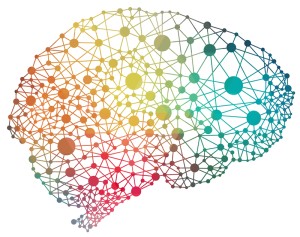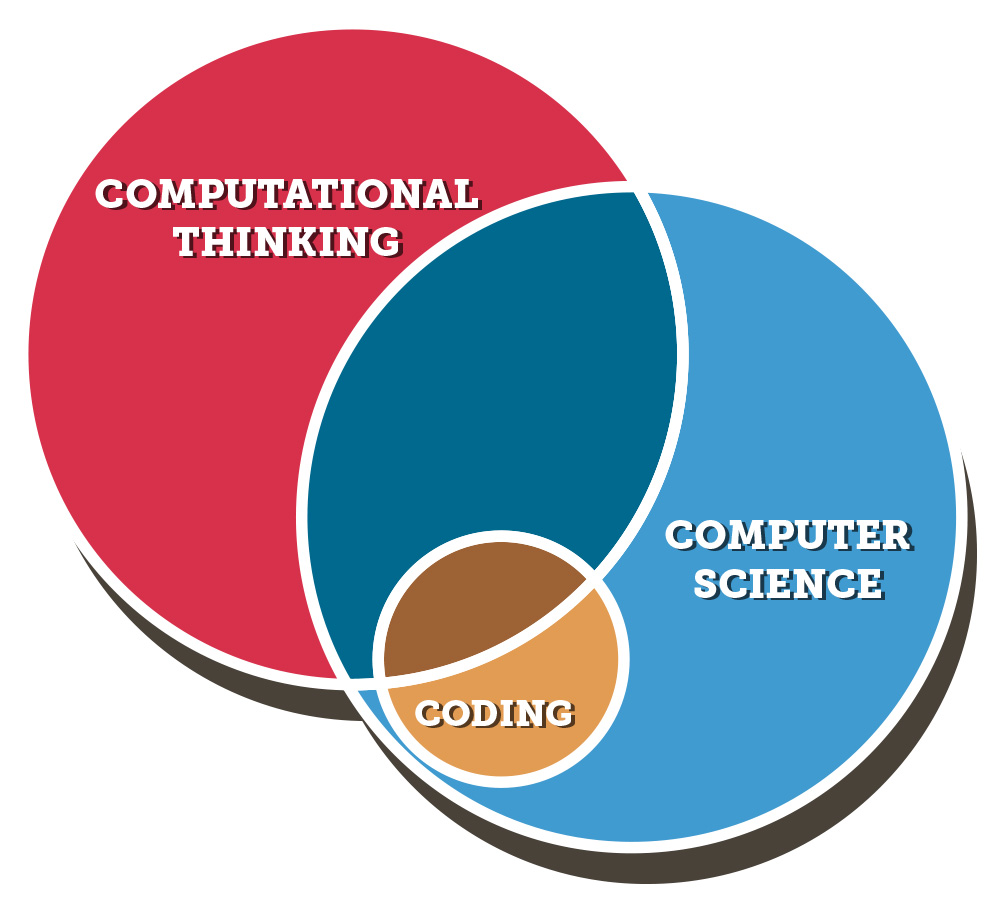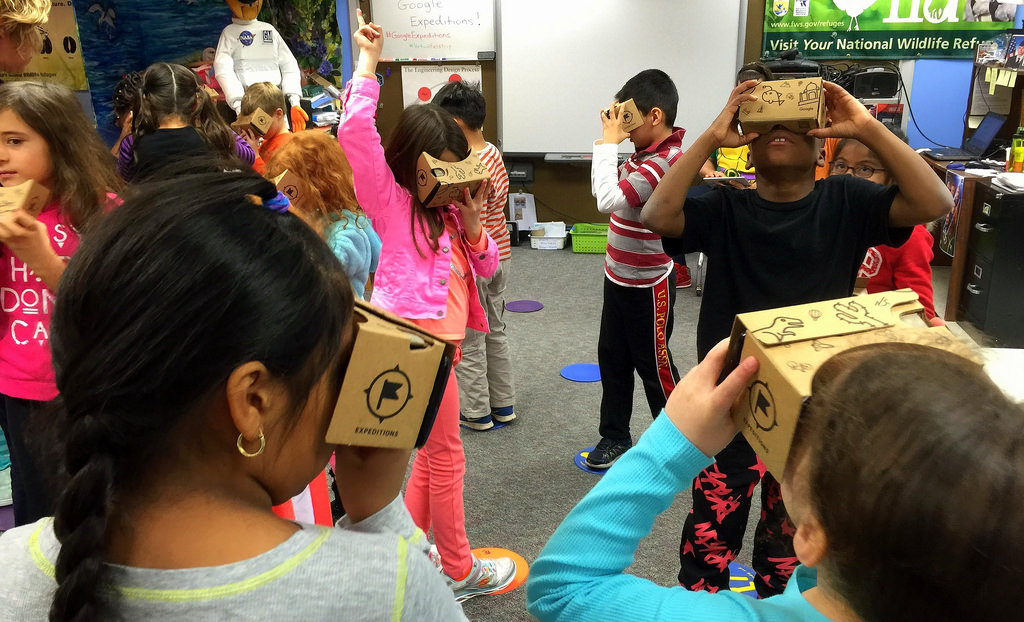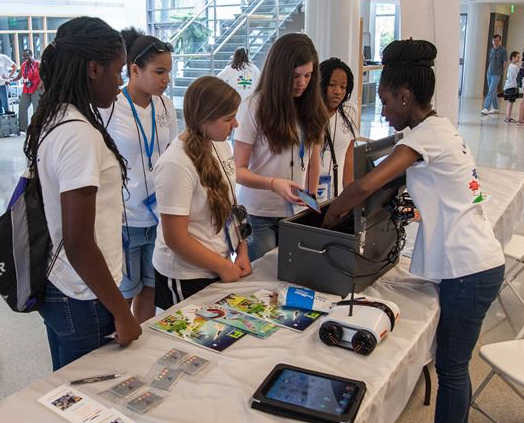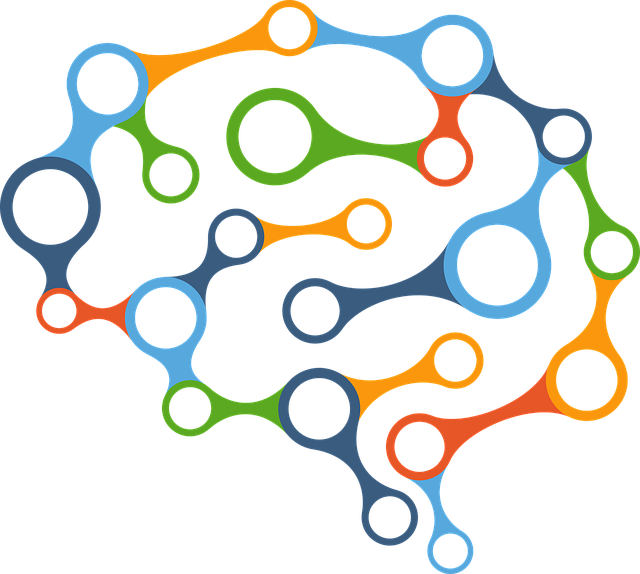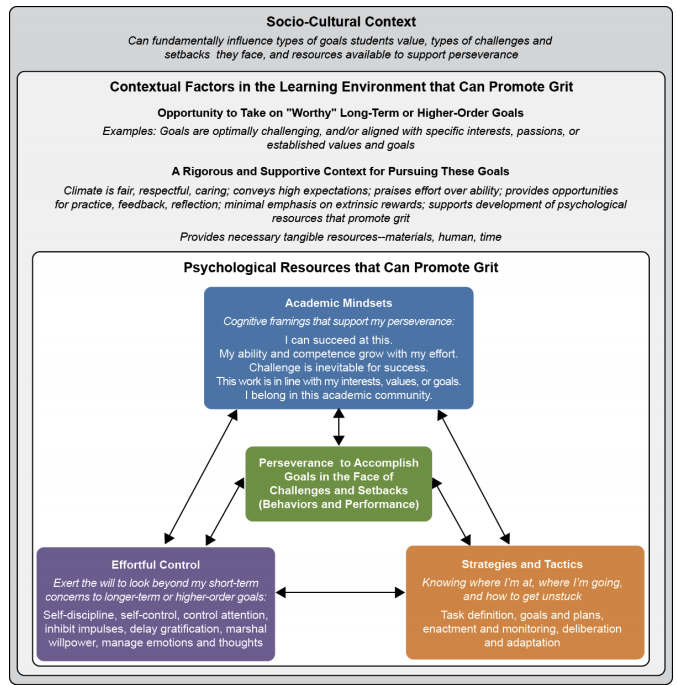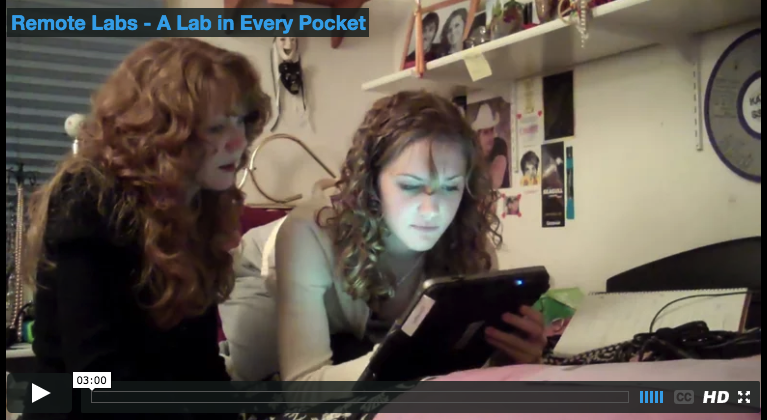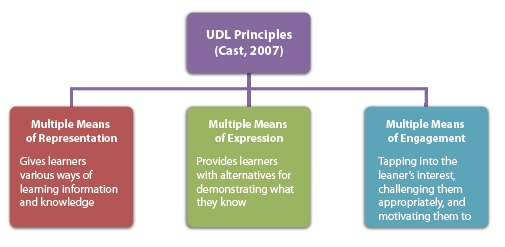CIRCL Primers are brief summaries of key topics in the field of cyberlearning. They are used to build capacity in the field and to give people a sense of cyberlearning’s main themes. Primers are developed by small teams of volunteers and licensed under a Creative Commons Attribution 4.0 International License. In addition to original primers, CIRCL occasionally features relevant primers found in the literature.
**A CIRCL primer is overview of what has been learned on a big idea topic, not a comprehensive literature review. The intended audience includes proposal writers, educators, developers, and journalists with popular press.
- For a proposal writer unfamiliar with a particular topic, a primer should provide awareness of relevant prior research and important challenges.
- For a developer, a primer should help them decide if this is a knowledge base that could potentially help them with their product.
- For a journalist or policy maker, primers give a sense of what prior research has accomplished.
Primers are developed by small teams of volunteers from the cyberlearning community, reviewed by CIRCL staff and other experts in the area, revised as needed, and then published on the CIRCL web site under a Creative Commons license.
To learn more about primers and our process, see So You Want to Write a Primer?


